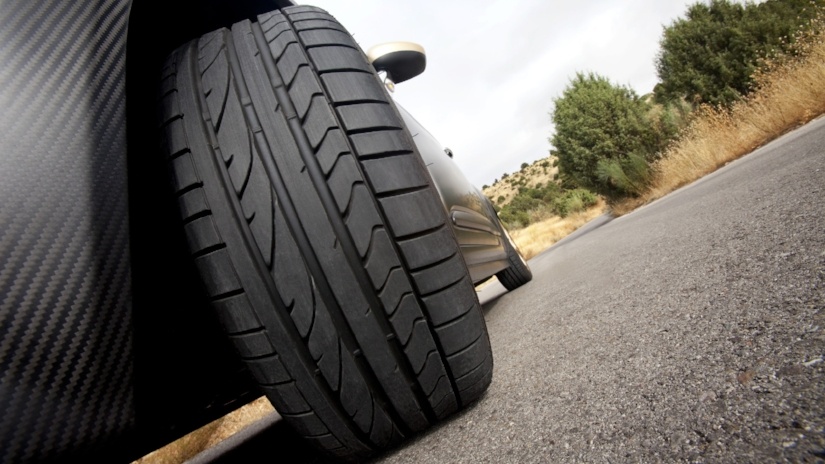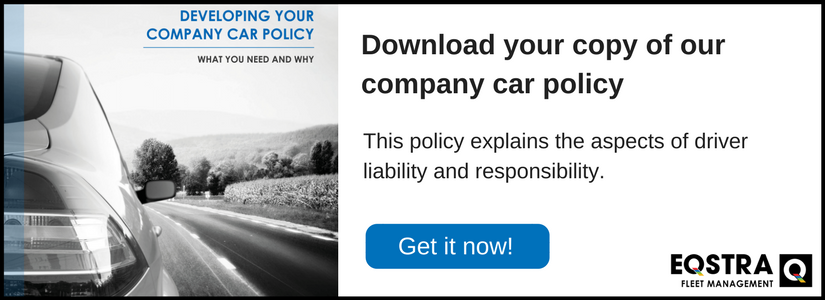
The reason there are so many articles around the virtues of tyre care is because poor tyre maintenance is possibly one of the biggest mistakes a fleet manager can make.
Tyre maintenance was possibly one of the first items on the list when fleet management started becoming an official career.
We have no way verifying this, but it seems logical that the little rounds of rubber keeping your expensive company investment on the road should be well looked after. And yet, tyre maintenance is often a concern for many fleet managers – employees either don’t realise the risks, or assume that someone else will do it.
To this end, we’ve put together a list of the top four things every fleet manager should do in order to ensure tyres are receiving the care they deserve.
-
Put someone in charge
It is basic management 101 – if you make someone personally responsible for the care of fleet tyres, you’ll likely see results. Smaller companies who don’t have the head count can improvise – make each driver responsible for the tyres during their journey. It’s easy to assume that this would be obvious to many drivers, but the fact is that their world shrinks to the interior of the vehicle as soon as they set off. By making tyre care one of the first items on the checklist, and emphasising its importance, you’re reminding them of this crucial part of their job on a daily basis, not just during annual training or team meetings. It’s up to fleet managers to make it a vital concern for everyone involved.
-
Know your tyres
Not all tyres are the same and even experienced fleet managers and drivers can make the mistake of over or under-inflating tyres. Fleet managers need to stay up to speed with the maintenance requirements of the tyres fitted to their fleet. Tyre technology keeps improving and even if you always use the same brand, it’s likely that certain details will change. So make a point of double-checking your fleet’s tyre maintenance requirements every few months, or whenever your purchase new stock. Outdated checklists can quickly lead to disaster.
-
Fit for purpose
Even the best tyre maintenance regimen will fail if your fleet isn’t fitted with the correct tyres. Study the routes that your fleet travels and take note of road conditions, frequency of roadworks or flooding, as well as whether the surface texture changes often. All these will play a role in the type of tyres that will best suit your fleet.
-
Keep it simple
There are so many things that need to be checked when it comes to fleet management that it’s easy to overcomplicate checklists. Long and tedious pre-trip checks often results in employees simply skimming over items they deem to be less important – sadly, tyres often fall in this category. It’s a good idea for fleet managers to take a step back every once in a while to see where they can streamline checklists. This may be in the form of allocating different tasks to different people, or checking certain things at specific times instead of having one seemingly endless checklist for one person to run through. Just like driving to work, people start doing this on autopilot, which is when mistakes happen.
The best advice we can give any fleet manager is to do your research and seek advice from industry experts. Find out what current best practice is in your specific area of fleet management and see how you can incorporate it into your method of fleet operations.
